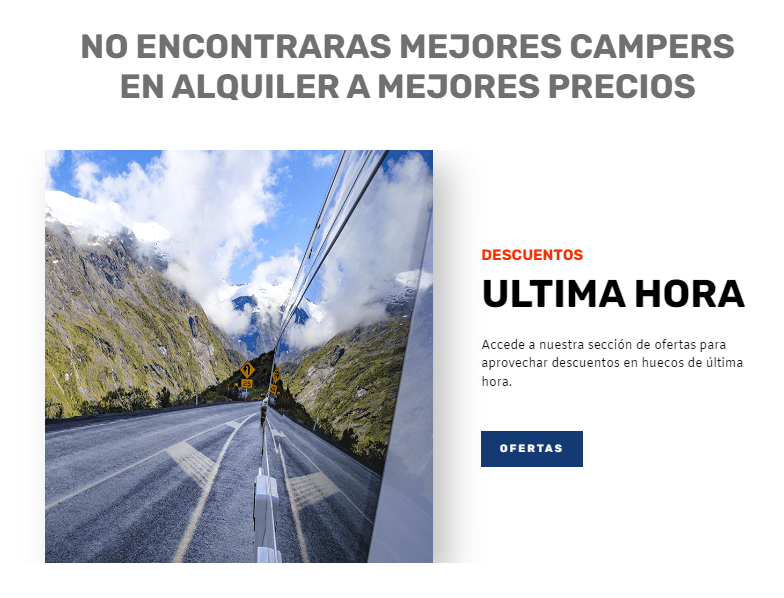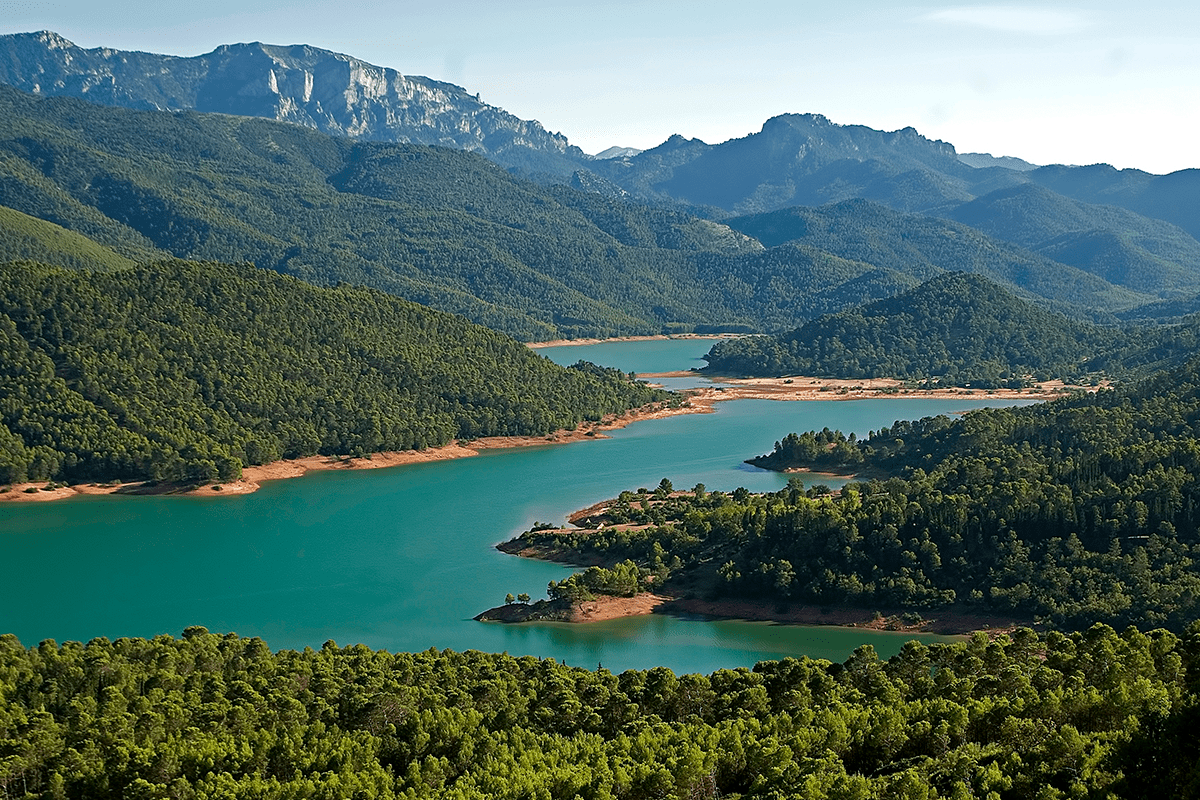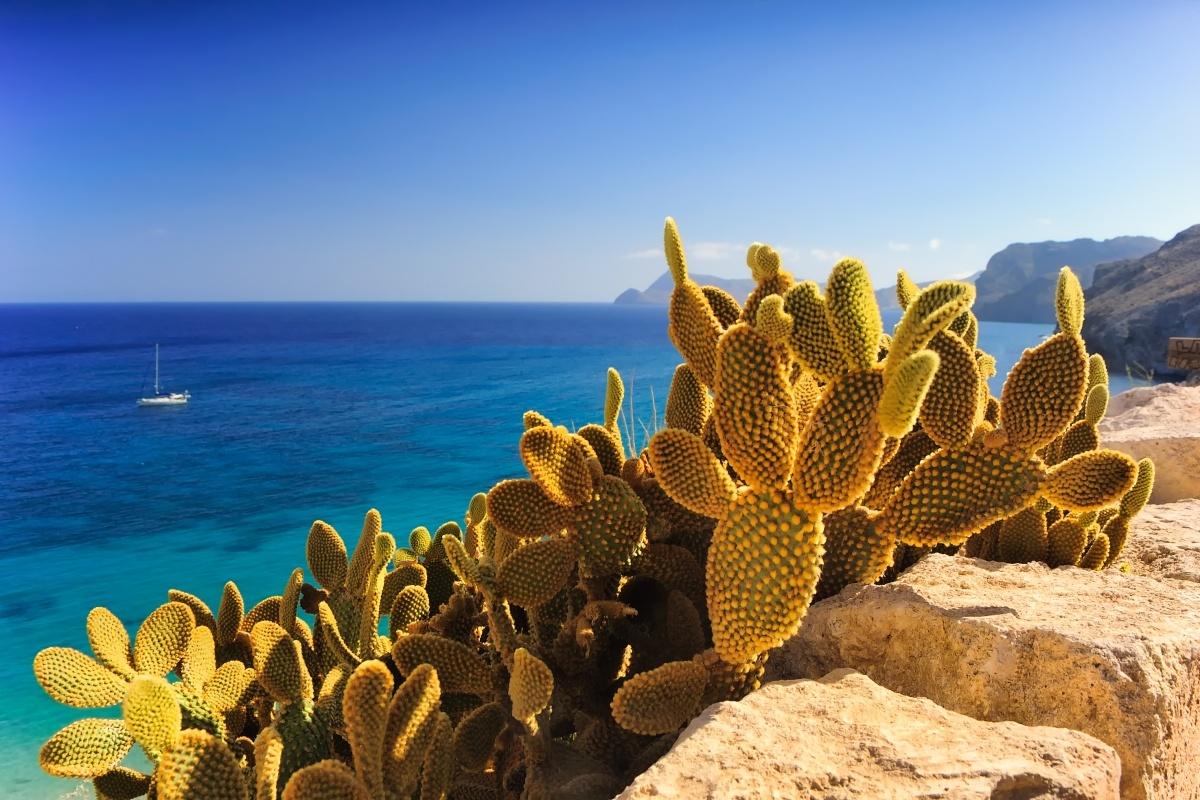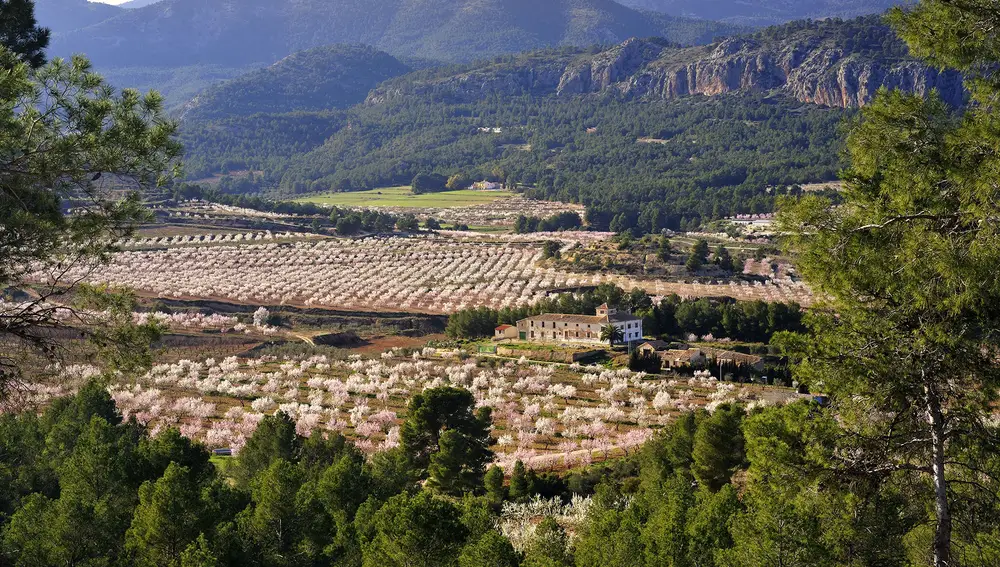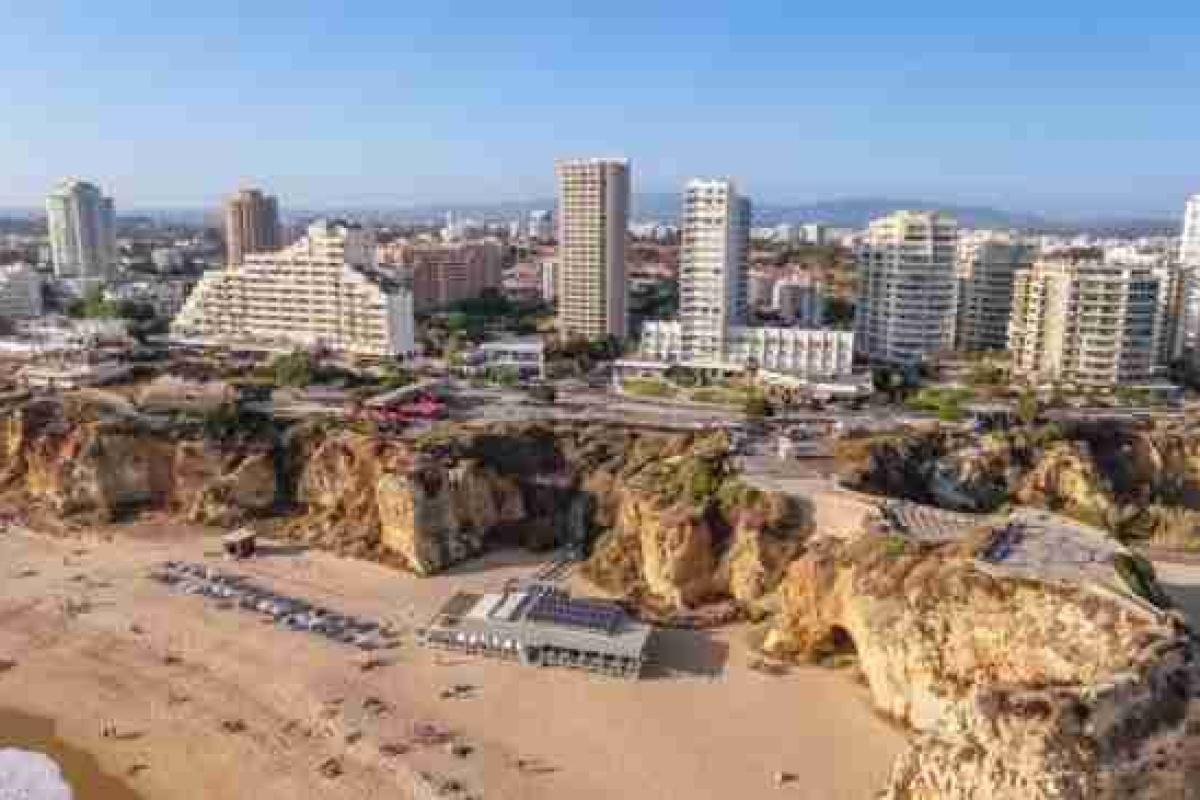For some reason, the Region of Murcia is, for many, a great unknown. Even many Murcians, when traveling, prefer to cross its borders and visit other places that supposedly have greater tourist appeal. We don’t get it! We love the region. Murcia boasts beautiful landscapes, as well as a rich cultural and gastronomic offer. Thanks to its geography, it has a variety of places that are well worth visiting with your rental motorhome.
Motorhomes and campervans are in fashion! Despite mobility restrictions and the gradual return to normality, 2021 was a good year for caravanning. Growing demand and public interest have brought more motorhome sales companies into the market, more rental businesses, and—something we celebrate—more towns and regions adopting a favorable stance toward this type of tourism, opening new areas and launching new projects to support the sector.
A Motorhome Route Through Murcia: A Perfect Territory to Explore With Your Home on Wheels
Within a relatively compact area—just eleven thousand square kilometers, very manageable for a motorhome trip—there is enormous environmental variety. Murcia is a transition zone between European and North African influences, with a landscape of contrasts. Here you can easily go from the arid basins of the southern Iberian Peninsula, with desert-like environments, to the forested massifs of the inland sierras, to the fertile plains shaped by the Segura River, and from there to the Mediterranean Sea.
Particularly striking are the arid landscapes represented by the so-called badlands: deeply gullied terrain created by water eroding soft sediments.
Another unique place is the Mar Menor, a 180 km² saltwater coastal lagoon separated from the Mediterranean by the sandy bar of La Manga.
The dual character of Murcia has a main protagonist: the Segura River, which flows across much of the region. From its source in Pontones (see: Campervan Route through the Sierra de Jaén, a Natural Gem of the Iberian Peninsula), the Segura floods the rice fields of Calasparra, carves the deep Los Almadenes canyon, and irrigates the valleys of Ricote and the Huerta de Murcia (see: Campervan Route through the Ricote Valley: Murcia’s Market Garden). Its pronounced summer low flows and powerful floods led to the construction of 16 regulating reservoirs—many easily accessible by motorhome for hiking or a scenic stop—to ensure urban and agricultural supply and to support flood defense.
Relief: Mountain Routes for Your Motorhome Trip
Part of the Baetic Mountain System, Murcia is a rugged territory where southwest–northeast mountain ranges alternate with valleys, large depressions, and plains.
Of the region’s total area, 23% lies below 200 m above sea level: this includes the coasts and beaches, the Campo de Cartagena, and even the valley where the Segura River passes through the city of Murcia—the lands known as the Huerta de Murcia. 45% lies between 200 and 600 m: inland towns with hills and valleys where various citrus and fruit trees grow. The remaining 32% rises above 600 m—so yes, Murcia has a large mountainous area.
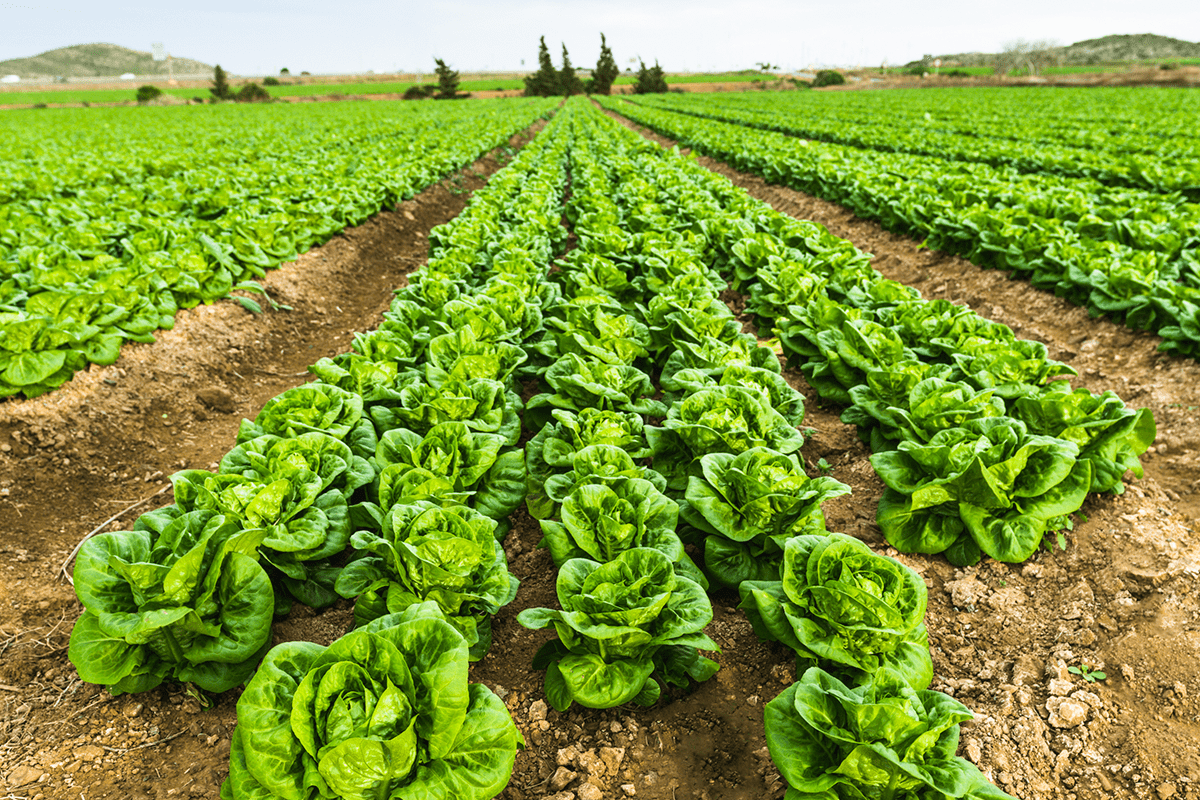
The highest point is in the Revolcadores massif at 2,027 m. Numerous sierras in the northwest and central parts exceed 1,000 m, such as El Carche, Sierra Espuña, La Pila, and Ricote, cloaked in extensive forests, mainly Aleppo pine.
In the northeast, near the border with Albacete (Castilla-La Mancha), stretches the Jumilla–Yecla plateau: a broad, elevated plain dedicated to vineyards producing wines with Murcia’s own denominations of origin.
Toward the south of the region, elevation decreases, the climate becomes more arid, and the vegetation is mainly shrubland. This area has a more desert-like appearance, very similar to Cabo de Gata in Almería.
Murcia’s 170+ km of coastline outline a rugged, cliffy shore punctuated by small beaches and coves, bringing together a great variety of ecosystems: salt flats, wetlands, dunes, and beaches (Costa Cálida by Motorhome: Two Seas on One Coast). Half of the areas currently in the region’s Protected Natural Areas Network are linked to this coastal strip. This is the habitat of the Phoenician juniper (sabina mora), a tree native to North Africa not found elsewhere in Europe.
Cultural Appeal: Outstanding Roman and Arab History
The Region of Murcia has a rich history and past. Its Mediterranean location made it a crossroads for many cultures and civilizations from very early times.
It preserves important prehistoric sites, such as the second-oldest human remains in the Iberian Peninsula at Sima de las Palomas, and strong traces of one of the most advanced Metal Age cultures: El Argar.
Among pre-Roman peoples, note the Phoenician presence on the coast (e.g., the Phoenician ships of Mazarrón), as well as significant Iberian culture. A turning point came with the Carthaginians in 227 BC, when they founded Qart Hadasht (today Cartagena), making the area their main base of expansion in Iberia.
The war against the Carthaginians led to the Roman conquest, with Cartago Nova as the regional center, later becoming a provincial capital during the Late Empire (Carthaginians and Romans: a perfect excuse to discover Cartagena by motorhome or camper).
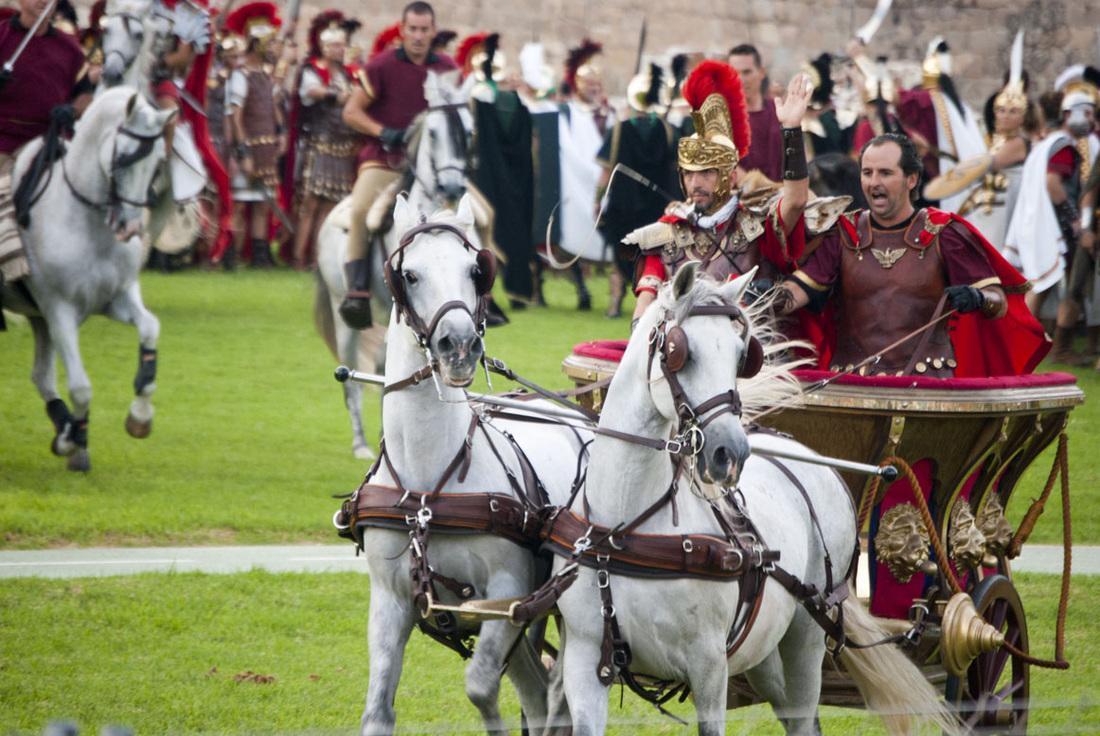
Later came the Visigoths, then the Byzantines, and then a return to Visigothic control in the 8th century. At that time the Cora de Tudmir emerged—an autonomous zone of the new Muslim Hispania after an agreement between the Visigothic dux Theodemir and ʿAbd al-ʿAzīz—marking the special assimilation of the southeast into al-Andalus. Under Muslim rule, Murcia gained prominence (see: Campervan Route through Muslim Murcia: Arab and Morisco History of the Region), becoming the capital of several taifa kingdoms until the 13th-century Christian conquest.
The subsequent conquest (1243–1266) and the combined influence of both the Crown of Castile and the Crown of Aragon, along with the creation of the border Kingdom of Murcia, shaped for seven centuries the culture we now call Murcian. This historic demarcation—precursor to today’s Region of Murcia—experienced crises (e.g., the 14th century) and splendor (notably the 16th and 18th centuries).
After the abolition of the kingdoms, from 1833 to 1978 there existed a bi-provincial Murcian Region (Murcia and Albacete), which during Spain’s Transition became today’s single-province autonomous community after Albacete joined Castilla-La Mancha.
And Last (But Not Least): Some of Spain’s Best Gastronomy
Murcia offers a wide and varied gastronomy. Standouts include the quality of its products, some truly unique—like Calasparra rice (arguably the best rice in the world for paella), fish and seafood from the Mar Menor, and of course the many quality products from the famed “Market Garden of Europe.”
This rich cuisine also reflects the cultural influences of the different peoples who have lived here over the centuries.
Our recommendations: enjoy fried fish or a caldero in any of the coastal fishing towns such as Cabo de Palos or San Pedro del Pinatar; visit one of the region’s many traditional ventas (roadside inns); and, finally, go out for tapas—try octopus, a marinera (anchovy-topped Russian salad on a bread ring), caballitos (battered prawns), michirones (broad bean stew)… always with a cold beer—in cities like Murcia, Cartagena, Lorca, Águilas, etc. And for dessert, of course, paparajotes (lemon leaves coated in a delicious batter and fried).
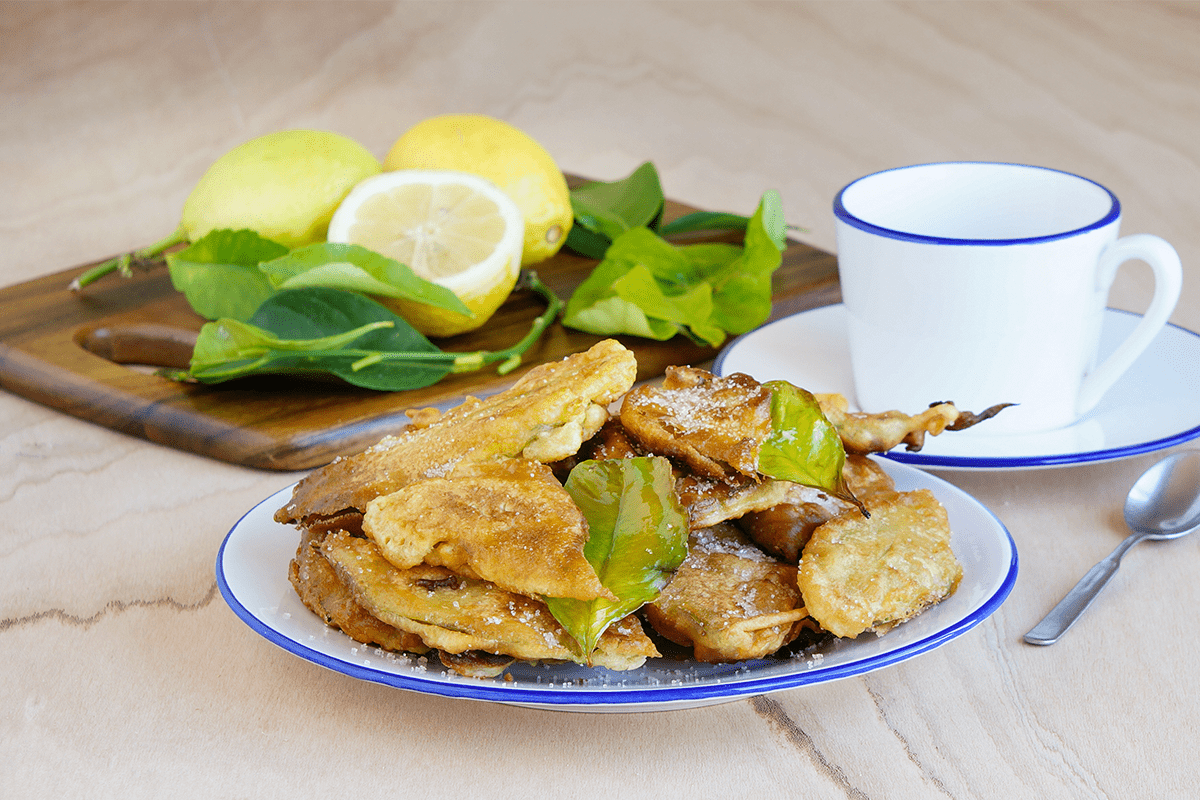
Signed: Narciso Pardo
CEO of FURGOCASA
If you’re thinking about renting a campervan in Murcia, count on us!
 Español
Español  Inglés
Inglés 
.webp)
